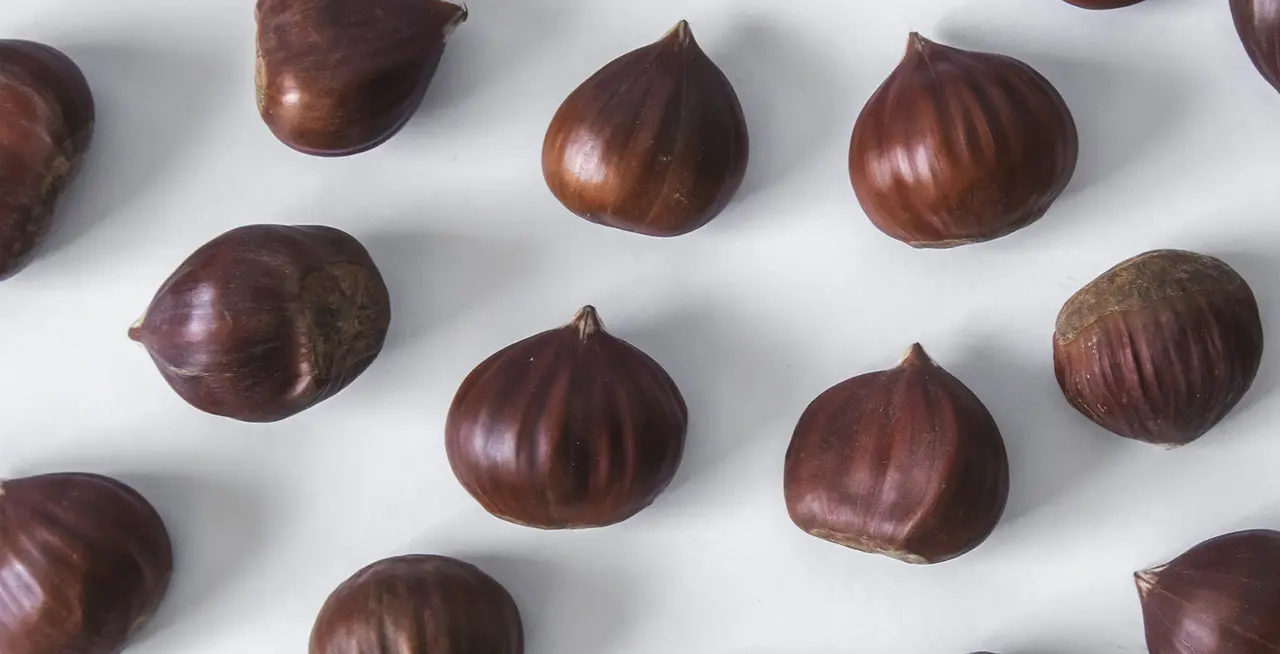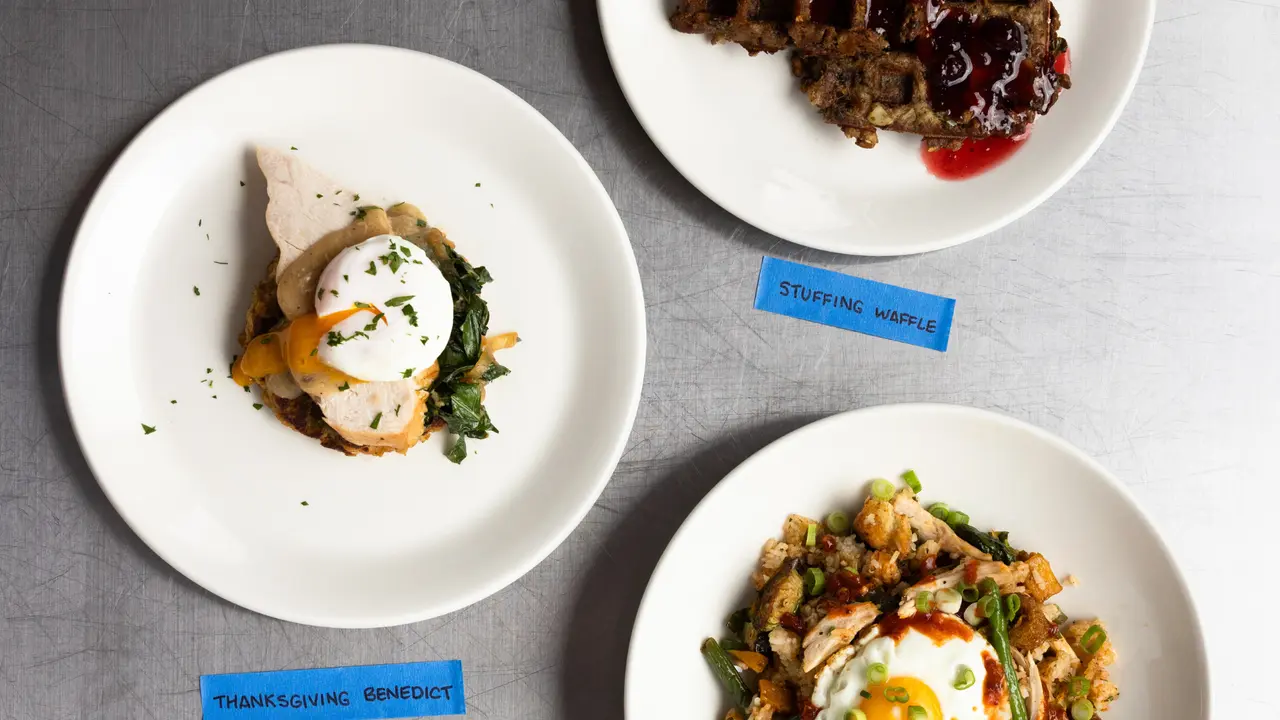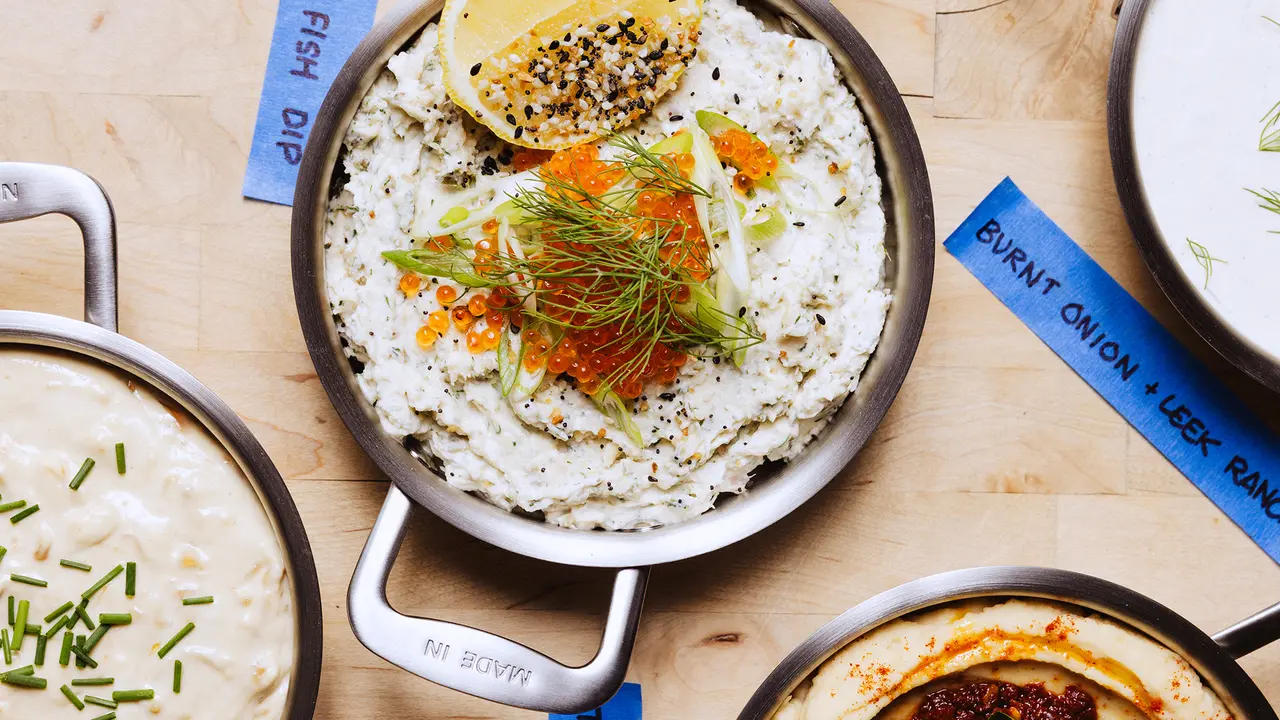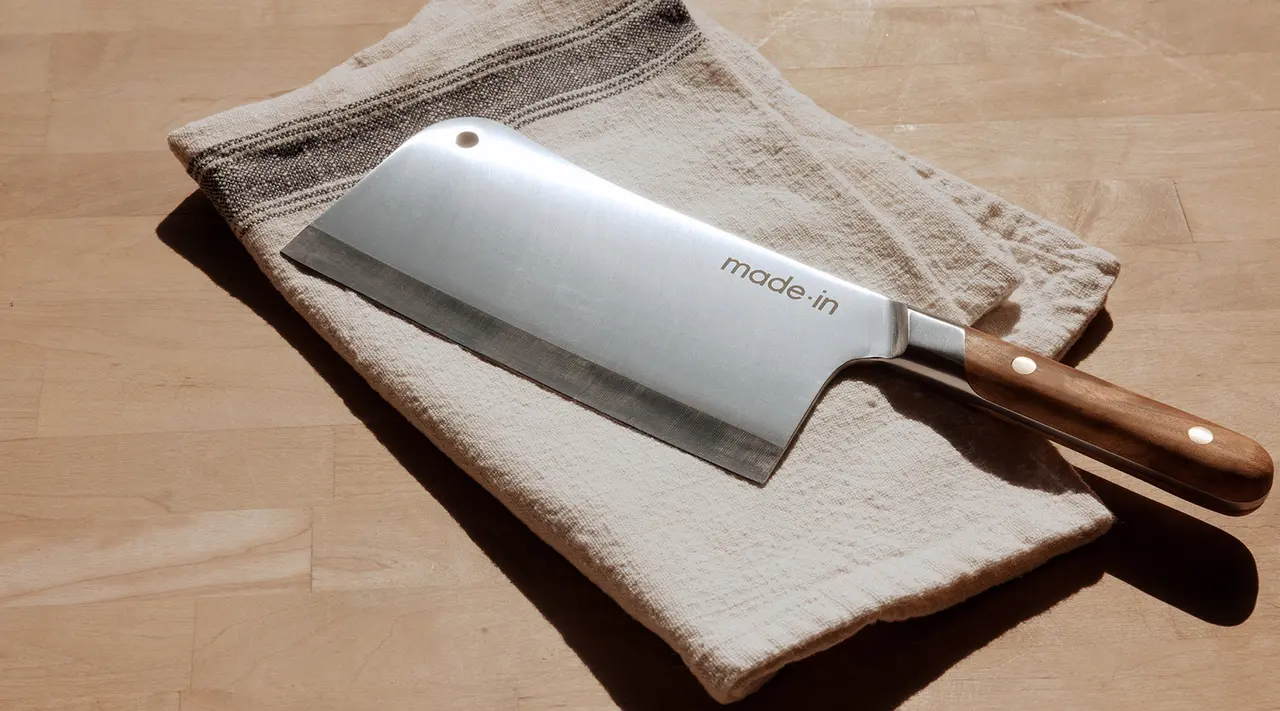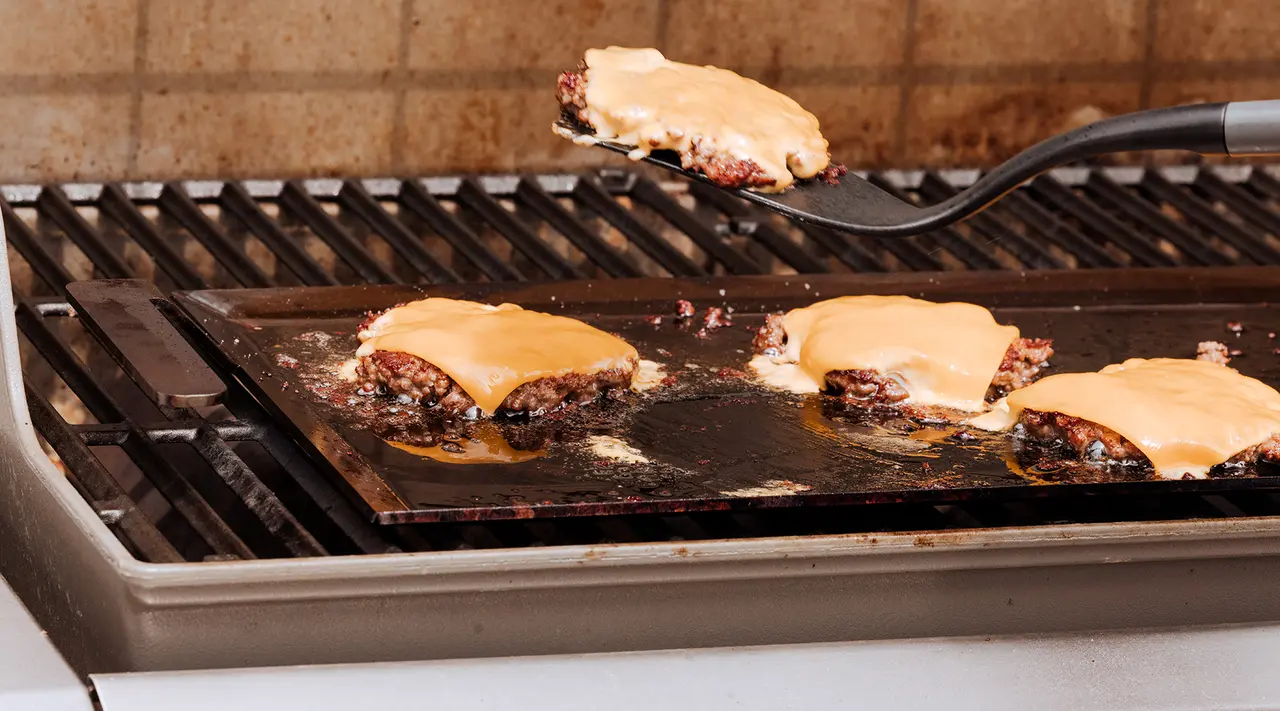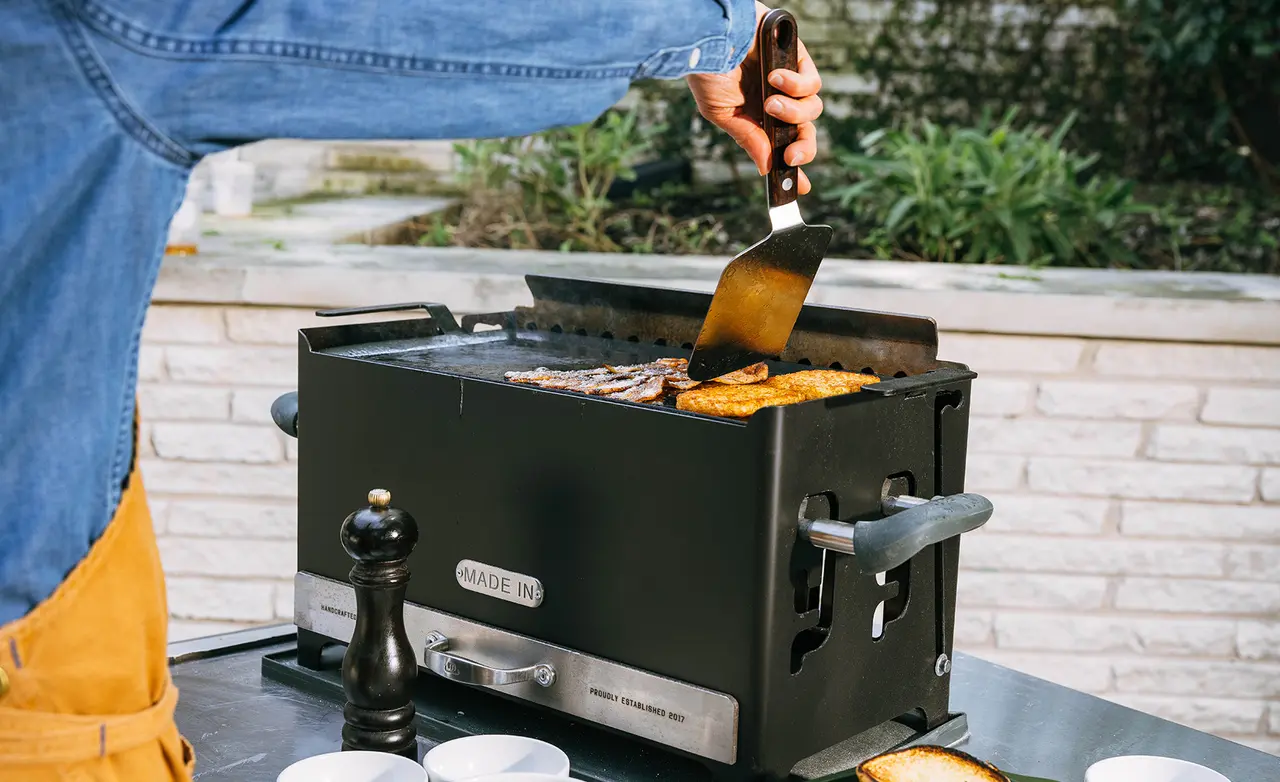Whether you live in a winter wonderland blanketed in snow or a sunny destination where seasonal scarves and mittens aren’t part of your wardrobe, the imagery of chestnuts roasting on an open fire is bound to bring up holiday memories thanks to Nat King Cole’s classic rendition of “The Christmas Song.”
Even if you’ve never roasted chestnuts or if you’ve never even seen one, the little Christmastime nut is as nostalgic as a mug of ruby red mulled wine, a string of dried oranges on garland, or a row of happy gingerbread men.
If you’ve always wanted to live out your Christmas carol fantasies, we’re here to show you just how easy roasting chestnuts can be—you don’t even need an open fire.
How to Shop for Chestnuts
Chestnuts are a slightly sweet, starchy nut that are usually sold raw in a shiny brown shell. Unlike other nuts, they can’t be enjoyed raw as they are high in tannic acid, which isn’t safe for consumption.
Their season runs from late fall into early winter, so keep an eye out for chestnuts at the supermarket starting around Thanksgiving. You might also find them in health food stores, at late season farmers markets, or in Italian grocery stores. If you’re adventurous and have public space in which to forage, find them in the wild throughout the fall.
When picking chestnuts, look for a shiny shell with no wrinkles, soft spots, or mold. They should feel heavy for their size. A good way to tell if they’re safe for consumption is to give them a shake—if they rattle, they are past their prime. When you get your chestnuts home, store them in the refrigerator for 3 to 4 days. Counter storage will quickly lead to spoilage.
How to Roast Chestnuts in the Oven
While roasting chestnuts on an open fire is a beautiful thought, it’s pretty inconvenient and dangerous in practice. For an easier roasting experience, stick to the oven and these simple steps.
Step 1: Gather Materials
Preheat the oven to 425F. Gather a Sheet Pan or Roasting Pan, a sharp Paring Knife, a clean kitchen towel, and your chestnuts.
Step 2: Score the Chestnuts
Chestnuts have a flat side and a domed side, making them easy to rest on your Sheet Pan. With the domed side up, use the Paring Knife to cut an X into the top of the chestnut’s shell—as the nut roasts and expands, this cut will prevent it from bursting open in the heat of the oven.
Step 3: Bake
Once the oven is preheated, roast the chestnuts for 15 to 20 minutes, depending on their size. Since you won’t be able to get a good read on the nut’s color as it roasts, use your sense of smell to determine when they are done. When your kitchen fills with a slightly toasted, nutty, barely sweet smell, you’ll know they’re ready.
Step 4: Steam and Peel
When they come out of the oven, the chestnuts will be too hot to handle, but it’s important to peel their shells off while still warm or they will harden and become impossible to peel. To help with peeling, cover the nuts with a clean kitchen towel to trap steam. Check the nuts every few minutes, and when they are cool enough to handle, peel away the shell. Under the shell, a bitter, papery skin covers the nut– peel this away too and you’ll be ready to eat.
How to Serve Roasted Chestnuts
Roasted chestnuts have a subtly sweet, toasted nut flavor and a buttery, crumbly texture that complements many dishes. Enjoy them on their own, or try one of these serving suggestions:
- Chop and add to your holiday stuffing or dressings for a pleasant chew amidst the soft structure of bread, spices, and cooked vegetables.
- Saute over medium heat in olive oil or butter until crisp and toss with your favorite herbs for a quick snack or side dish.
- Chop and add to salads or even salad dressings. If using in dressing or sauce, finely chop the chestnuts to give the mixture a subtle sweetness and texture.
- Add them to desserts like brownies, ice cream, or a classic chestnut dessert known as Mont Blanc.
Ready to Cook?
If you’re in the holiday spirit and ready to fill your kitchen with the sweet smell of roasting chestnuts, stock up on roasting must-haves, like our Blue Carbon Steel Roasting Pan, ¼ and ½ Sheet Pans, and our Paring Knives, all built to last for meal after meal.
